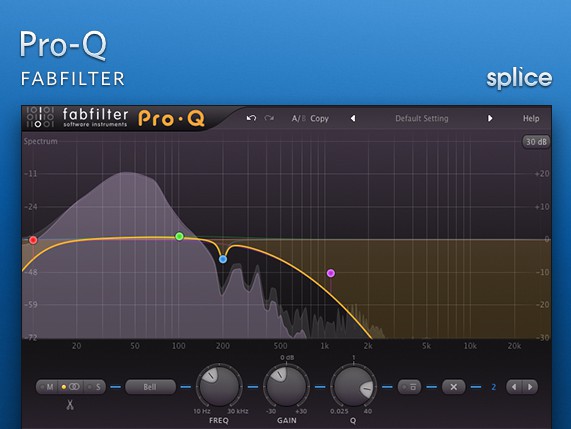

To remove dynamic EQ, right click the point, and select「Clear Dynamics」. The volume at which the dynamic EQ kicks in is auto determined within the plugin, but this can be set up manually as well.ĭrag the threshold slider, to make small adjustments to the dynamic eq “attack” (the timing at which it kicks in).įirst try using Auto, and set it up if you aren’t getting your desired results. The volume fluctuates between the eq point and the amount set with the dynamic point.īy setting a lower point, you can create an effect where the dynamic eq lowers a frequency when it goes over a certain volume as well. When the snare plays, the EQ boost is automatically lessened, making the sound less harsh, while keeping highs present when the snare isn’t playing. This is because the snare attack contains many elements in the 7kHz range, and means that 7kHz temporarily is louder when the snare is hit. When looking at the line, you can see it duck down when the snare is hit. However, dynamic EQ changes how much gain is applied to a frequency depending on it’s volume, allowing for a more natural and musical effect. In general, an equalizer will apply the amount of EQ specified by the gain amount. When you press play, a a yellow line moving between the points appears. This point can be moved by dragging it up/down. Right click on a point and select「Make Dynamic」.īy doing this, the point is in dynamic EQ mode.Īnother parameter point is shown apart from the EQ point. There’s definitely more clarity, but is slightly sharp/painful in some areas.ĭynamic EQ comes in handy in this situation. We want to add more clarity to the mix, so we’ve tried boosting the 7kHz range by 5db. Here we have applied Pro-Q 3 to the master track.


 0 kommentar(er)
0 kommentar(er)
